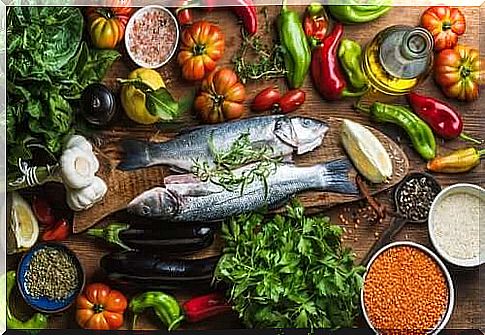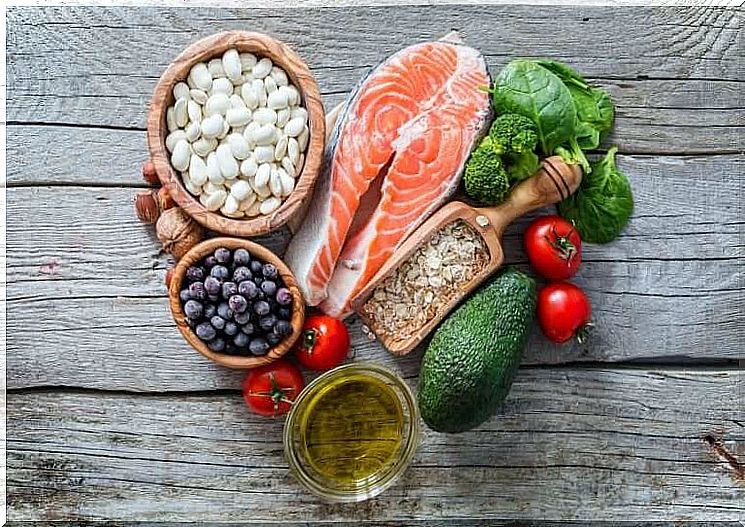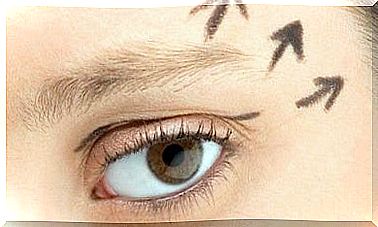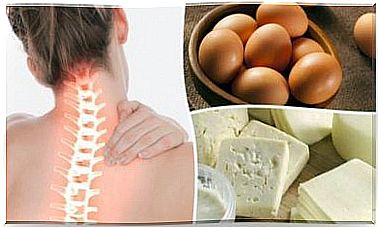5 Diets Just As Healthy As The Mediterranean Diet
The Mediterranean diet is a benchmark in terms of healthy eating patterns, but it is not the only one. We will discuss in this article other regimes that have nothing to envy.

In this article, we will present 5 diets that are found to be just as healthy as the traditional Mediterranean diet. Let’s find out about their characteristics and health benefits. Here they are :
- Nordic diet
- Paleo
- Japanese diet
- Vegetarian
- The Harvard Plate
The Nordic diet
The WHO (World Health Organization) recently touted the benefits of the Nordic diet as a healthy eating pattern. Its positive effects include reducing suffering from non-communicable diseases such as cancer, diabetes or other cardiovascular problems.
This diet is based on foods from northern European countries: Iceland, Sweden, Finland, Norway and Denmark. From 2004, a group of leaders from these Nordic countries came together to develop the so-called “New Nordic Regime”.
Its objective is to promote the consumption of local, wild and fresh ingredients to contribute to health, gastronomy, sustainable development and Nordic identity. And what are these foods? Here they are :
- Green leafy vegetables
- Fruits and berries
- Whole grains (rye, barley and oats) and legumes
- Fatty fish (herring, mackerel or salmon) several times a week
- Low fat dairy products
- Colza oil

The paleo diet, just as healthy as the Mediterranean diet
We keep hearing more about it. Although it is increasingly popular in our country, it is the traditional diet of some groups who live in the Amazon rainforest, in the African savannah or on some islands in the Pacific.
The Paleo, or Paleolithic, diet offers us a way to feed ourselves according to our genetics and our evolution as a species. It is based on consumption similar to that of our hunting ancestors. This diet includes:
- Vegetables
- Seeds and dried fruits
- Fish and seafood
- Meat and viscera
- Eggs
- Fruits
We completely abandon dairy products, gluten and seeds. Scientific studies have shown good results in terms of:
- Cardiovascular risk reduction
- Reduction of inflammation indicators
- Greater loss of abdominal circumference
The Japanese diet
The Okinawa Islands are found in southern Japan. They stand out on the world map not only for the beauty of their landscapes but also for being the region of the world where people have the longest life expectancy and better health.
Among the many reasons for this longevity, one can undoubtedly mention their diet. Many scientists have studied it. However, there is a lack of studies to assess the effects that it can have on people who are not Japanese. This is perhaps the biggest difference between the Japanese diet and the Mediterranean or Nordic.
In the daily menu of the Japanese, there is no lack of:
- Green leafy vegetables
- Fish and cephalopods, such as squid or octopus, several times a week
- Soy and its derivatives, such as tofu
- Whole grains and sweet potatoes
- Kombu seaweed
Another characteristic aspect of the Japanese diet is that they eat small portions, several times a day, and with a wide variety of ingredients at each meal.
The vegetarian diet, just as healthy as the Mediterranean diet
The International Vegetarian Union defines the vegetarian diet as “ a diet based on foods of plant origin, with or without dairy products, eggs and / or honey”.
This aspect converts it into a dietary pattern that can vary somewhat between vegans, ovo-vegetarians, ovo-lactéo-vegetarians, etc. However, it is mainly based on foods of plant origin. The result is a huge intake of foods high in vitamins, minerals, fiber, and low in cholesterol and saturated fat.
Among the benefits of this type of diet, we can achieve good results in terms of:
- Reduced risk of developing high blood pressure
- Hypercholesterolemia
- Heart problems
 The “Harvard Plate” Method
The “Harvard Plate” Method
The Healthy Plate is a tool created by nutrition experts at Harvard TH Chan School of Public Health. She claims to be a guide to helping Americans make better food choices.
This is a very visual tool that recommends filling half the plate with fruits and vegetables, a quarter with a source of protein, and the last quarter with a source of carbohydrates.
We also focus on the quality of the diet and not just on the quantities. For example, it is recommended to consume whole grains instead of refined flour, to prefer water to carbonated or energy drinks and not to follow low-fat diets but rather to choose good oils and dried fruits.
The traditional Mediterranean diet: what is it?
The 5 diets we have just presented to you have demonstrated their benefits in terms of healthy eating. As we have been able to verify, they all have some points in common with the Mediterranean diet:
- They are based on the consumption of fresh and local products, rich in fiber, vitamins, minerals and phytochemicals.
- In addition, they have good sources of protein and healthy fats.
- We do not recommend the consumption of ready-made meals rich in refined sugars and flour, nor large amounts of meat or saturated fat.
Therefore, we can conclude that in the countries of the Mediterranean basin, the Mediterranean diet is the best way to eat. However, there are similar regimes that are quite valid in all regions. It should be a well-balanced diet, tailored to individual needs and based on fresh, local foods, such as olive oil, sardines, nuts or chickpeas.
We must always keep in mind that for a diet to work it must always be accompanied by healthy lifestyle habits, do not give up on them!









